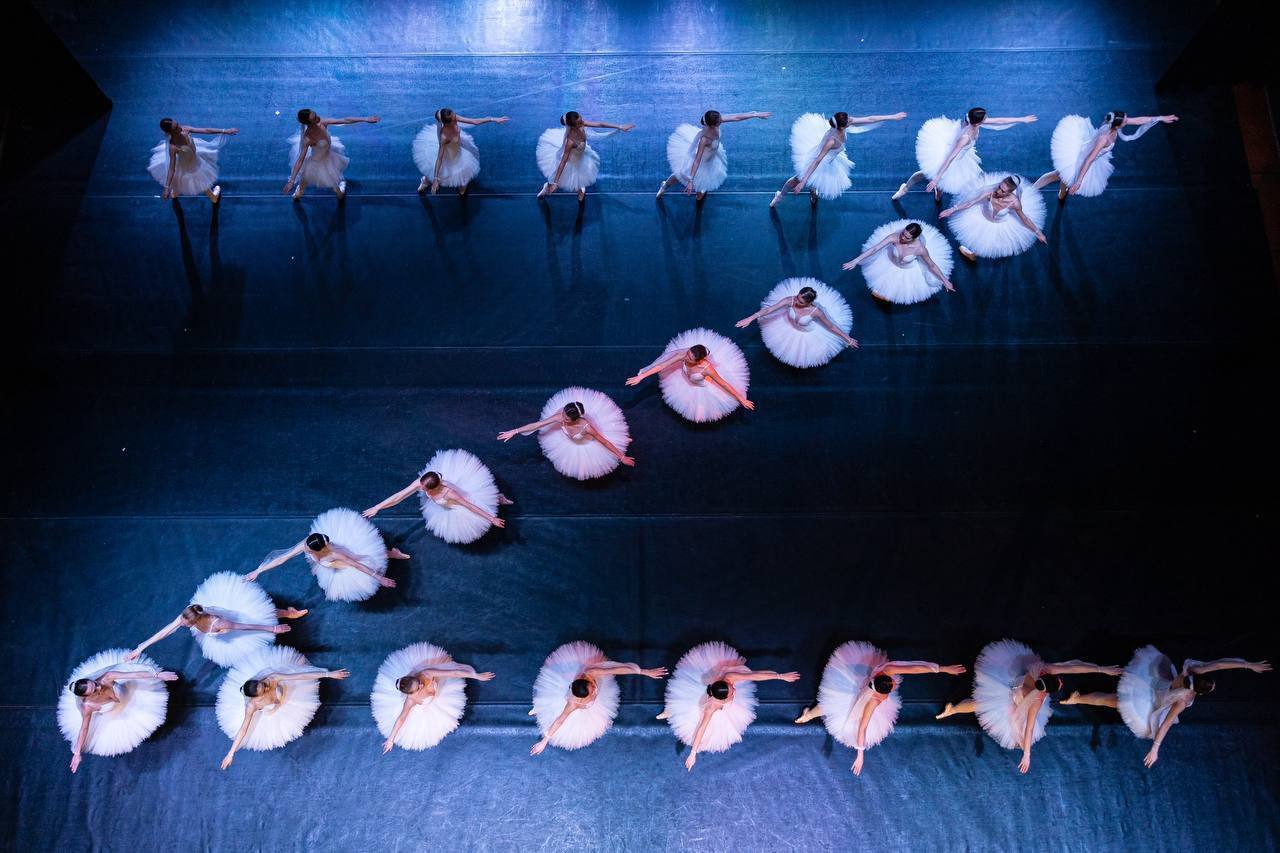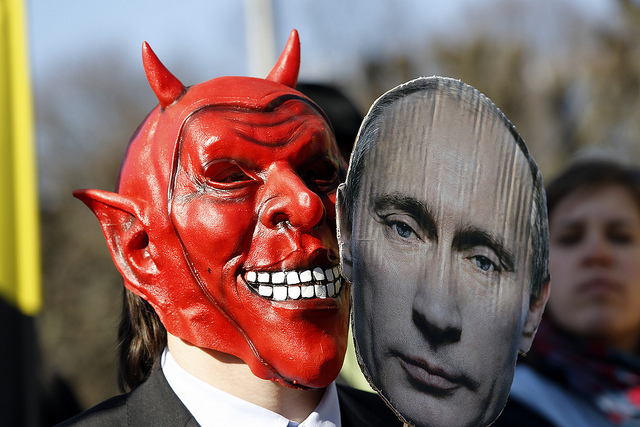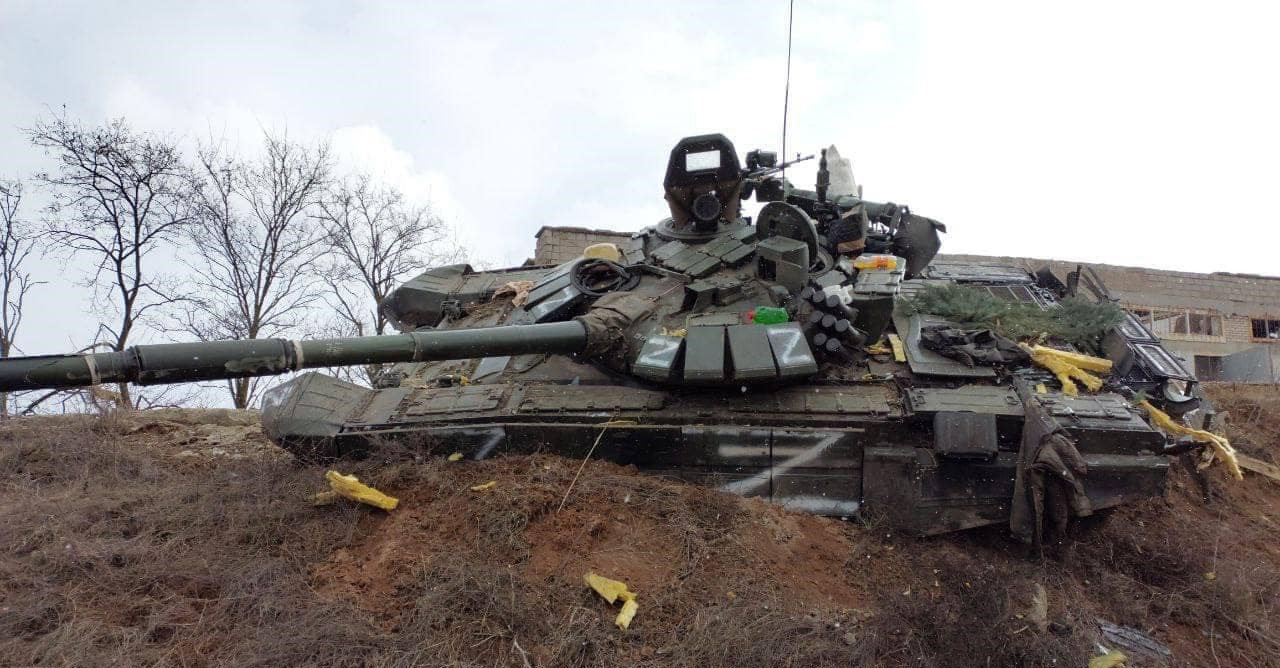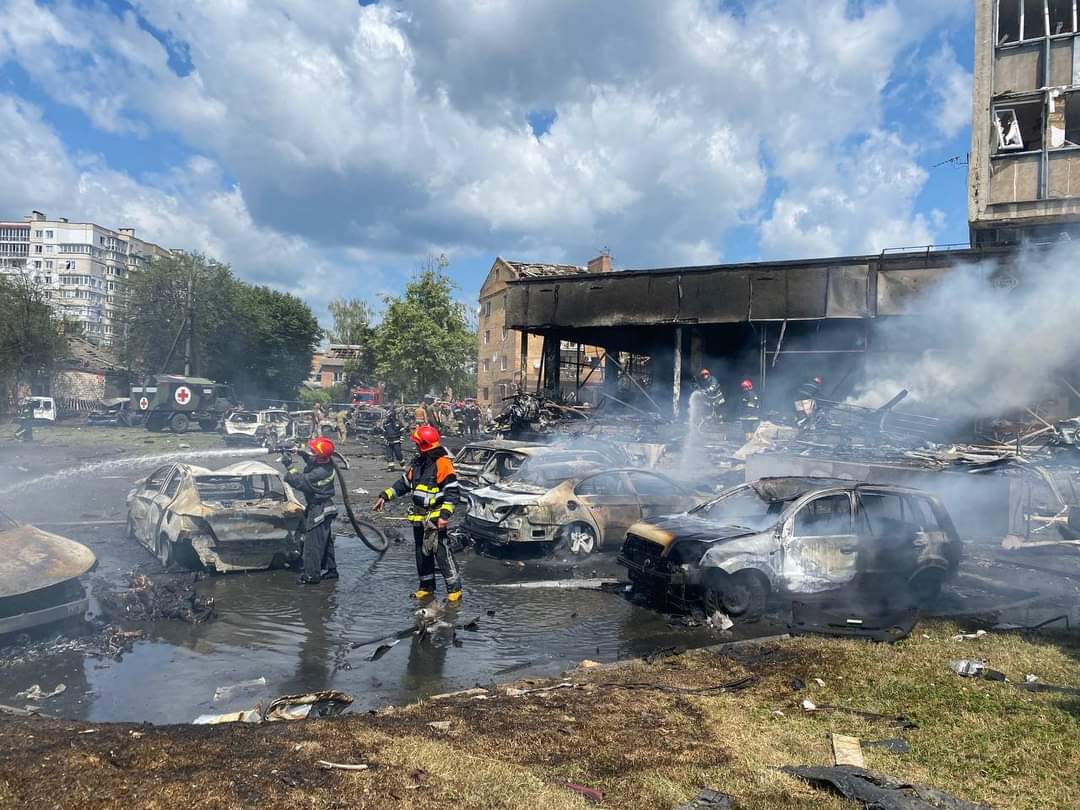Military analysts claim that Russia planned its invasion against Ukraine as a Blitzkrieg: everything had to be over in a few days. Even the parade uniforms were reportedly pre-delivered secretly to Ukraine so that Russian soldiers could march in Kyiv during the first days of spring.
It did not happen: the Russian military command was faced with the need to mobilize more troops, and the whole world observed how “ordinary Russians” would react.
Instead of mass protests against the war, for which many had been hoping, Z and V letters appeared all over Russia as symbols of Russian support for the war against Ukraine.
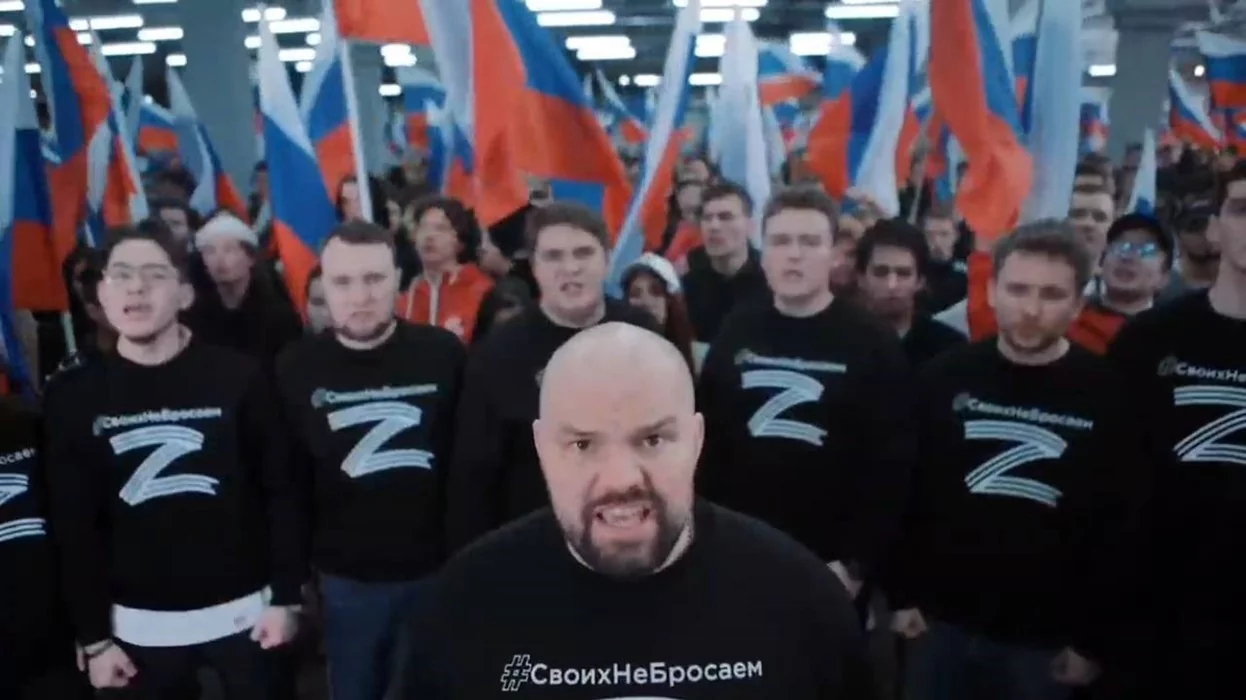
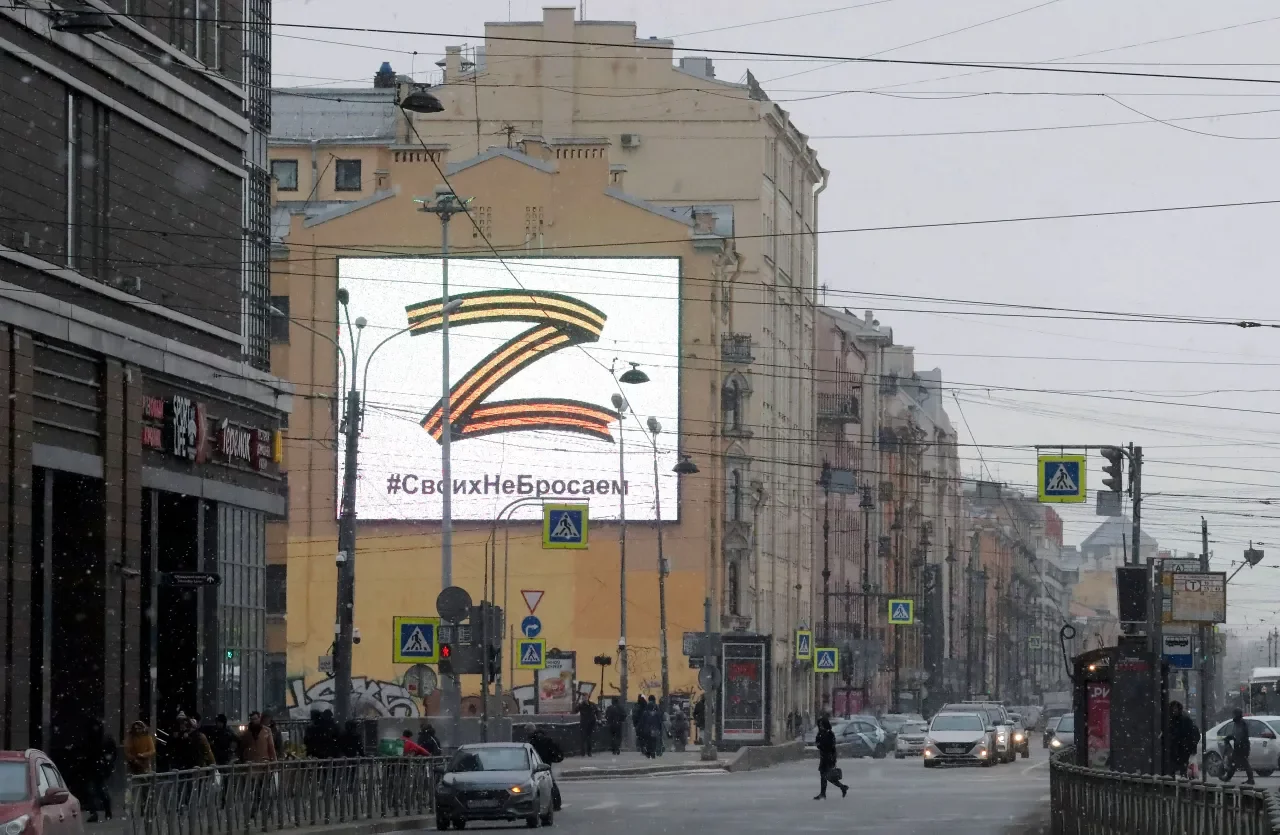
It took only one week for Z to become the symbol of the new Russian totalitarianism, the expression of enthusiastic support for the Russian military in Ukraine and Putin.
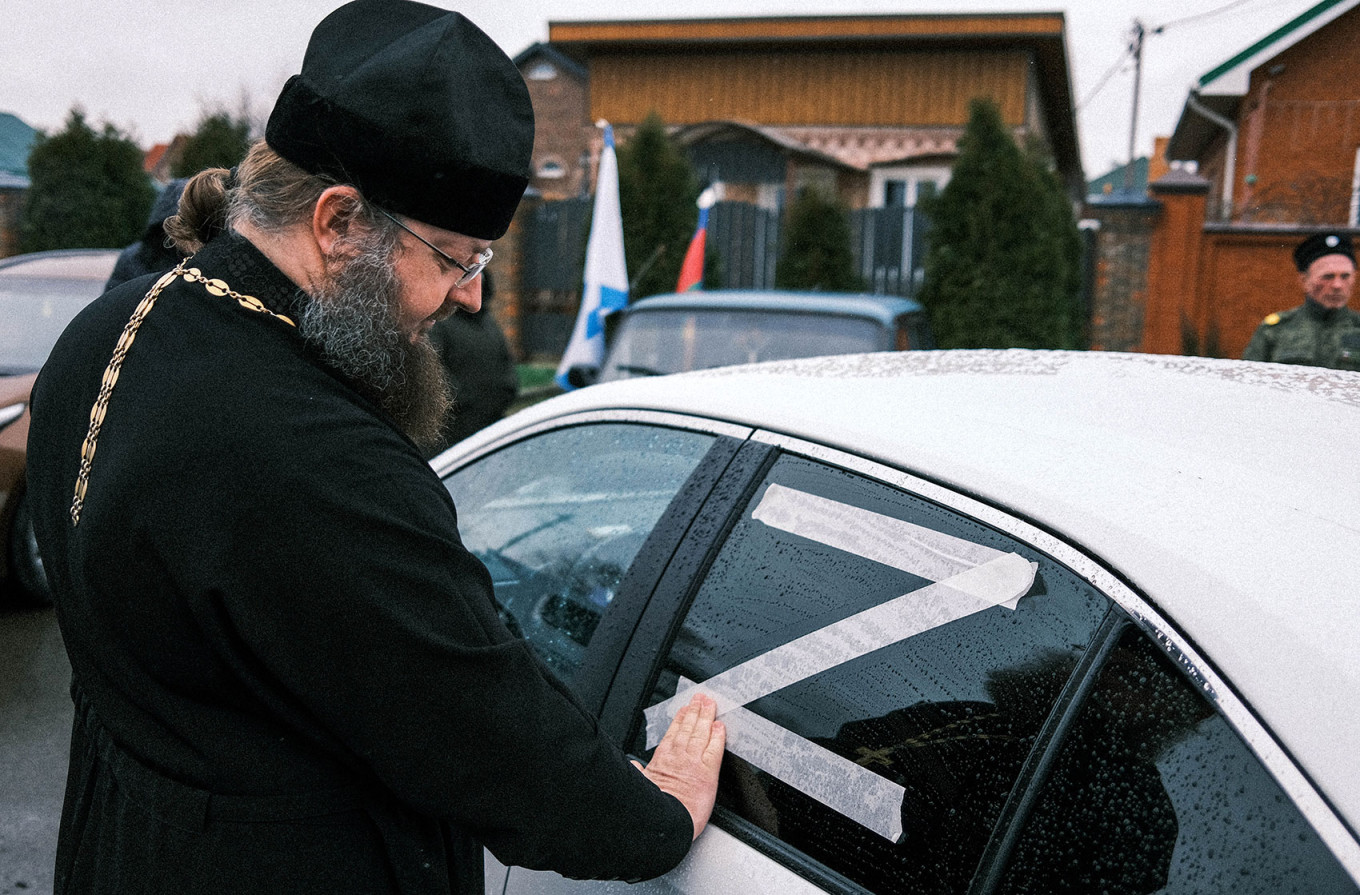
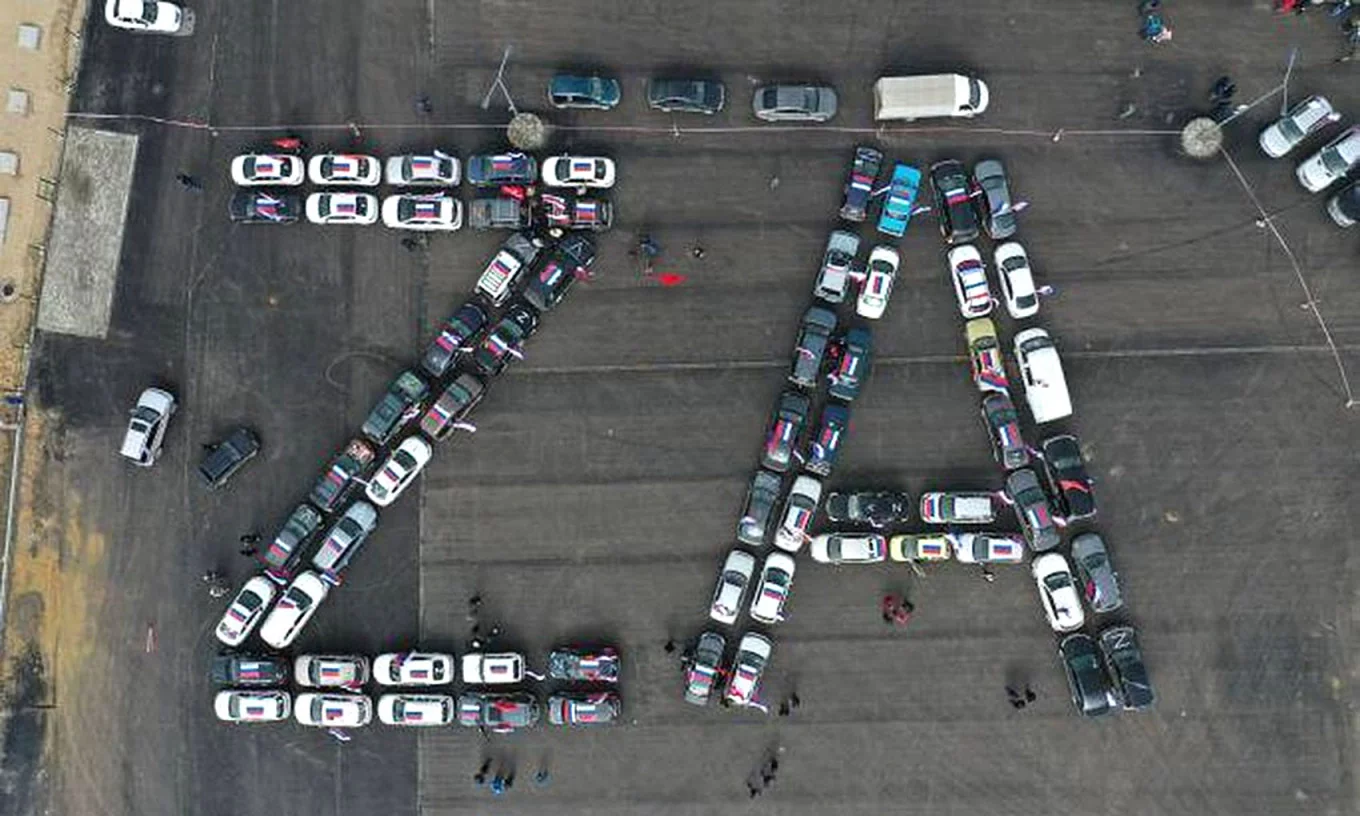
Z and V letters became abundant on Russian billboards, drawn on private vehicles and bus stops, on Russians’ outfits, and various social campaigns online and offline.
Where do Z and V come from?
On 19 February 2022, analyst of Russian defense policy Rob Lee wrote on Twitter:
"It appears Russian forces near the border are painting markers, in this case 'Z,' on vehicles to identify different task forces or echelons."
Some also explained that this marking was placed on Russian military vehicles to avoid “friendly fire.”
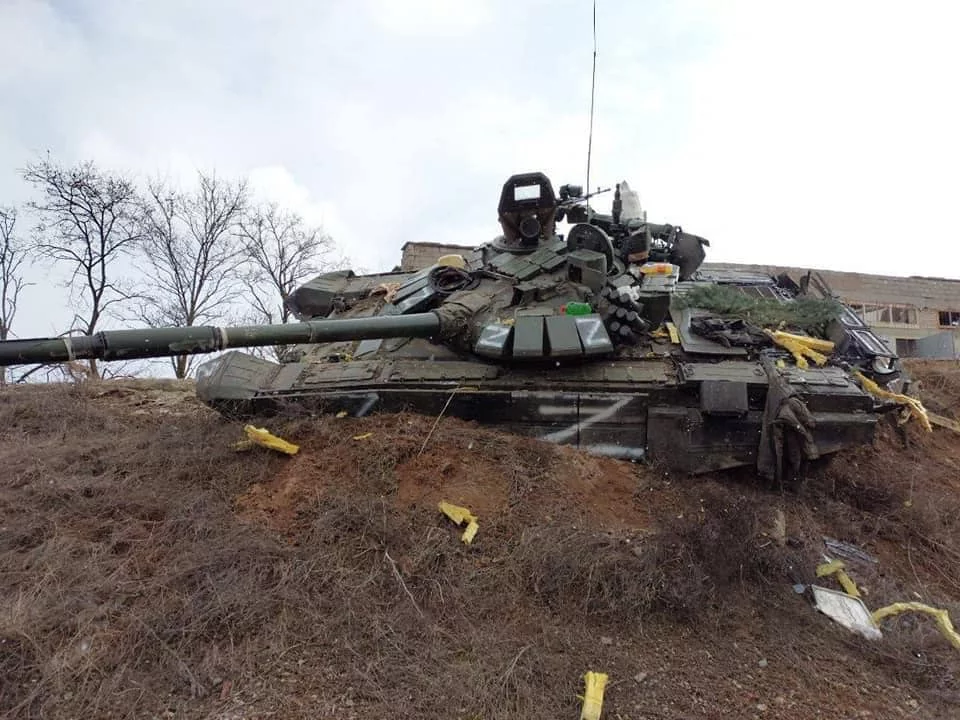
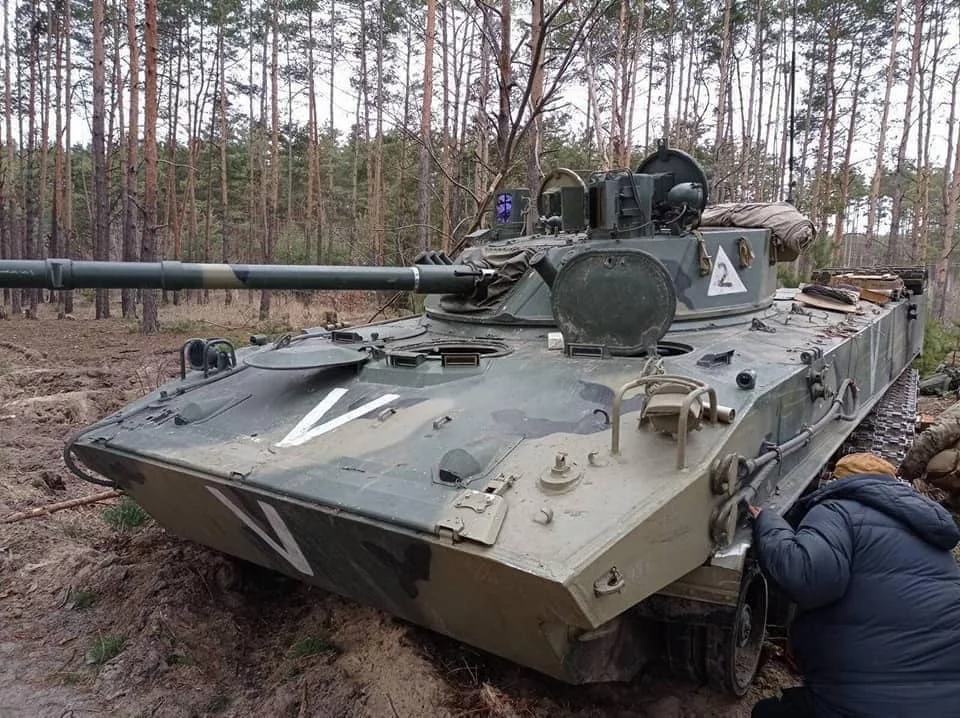
According to the Ministry of Defense of Ukraine, Z stands for Eastern Military district, while V stands for Naval infantry.
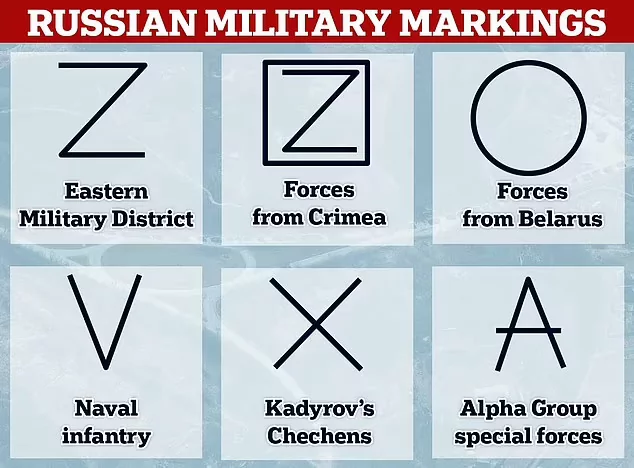
Z and V letters, however, are nothing new; they were also spotted on Russian vehicles during the war in Syria and during the Russian occupation of Crimea.
Still many are wondering: why have these obviously Latin letters (not present in the Cyrillic alphabet) and not any other symbols been chosen as Russian pro-war symbols?
What do Z and V letters signify?
Various theories and speculation have been offered on what Z and V may signify.
- Former soldier field intelligence officer David Kime thinks Z stands for the surname of the President of Ukrainian Volodymyr Zelenskyy. It can only be added that V also works for Zelenskyy’s first name. And Zelenskyy’s election campaign was based on “Ze President” slogan (but in Cyrillic letters), which in Ukrainian sounds similar to “The President”
- Kime also suggested that the "Z" stands for the "point of no return."
- Some online users, as media report, suggested Z stands for "Zorro squad" referring to the whole invasion force, or a secret name for a new unit, although no clear evidence on this was provided.
- “Z” could also be the first letter in the Russian “zakanchivayem”—“we end,” and so could stand for “We end wars,” the New Yorker author suggests.
- Some also think Z signifies the West (in Russian “Zapad”).
Russia’s Ministry of Defense gave its explanation as well, although it sounds even less convincing. It wrote on its Instagram page that Z means “Za pobedu” (For victory) and V means “Sila V Pravde” (Power is in Truth). In both cases Z and V are the first letters of pronouns. Moreover, Russia’s Defense Ministry wrote this explanation after Z and V had appeared all over Russia as a pro-war symbol.
Z and V letters were noted on posters during rallies on 18 March 2022, the date on which since 2015 Russia celebrates the so-called reunification of Crimea with Russia.
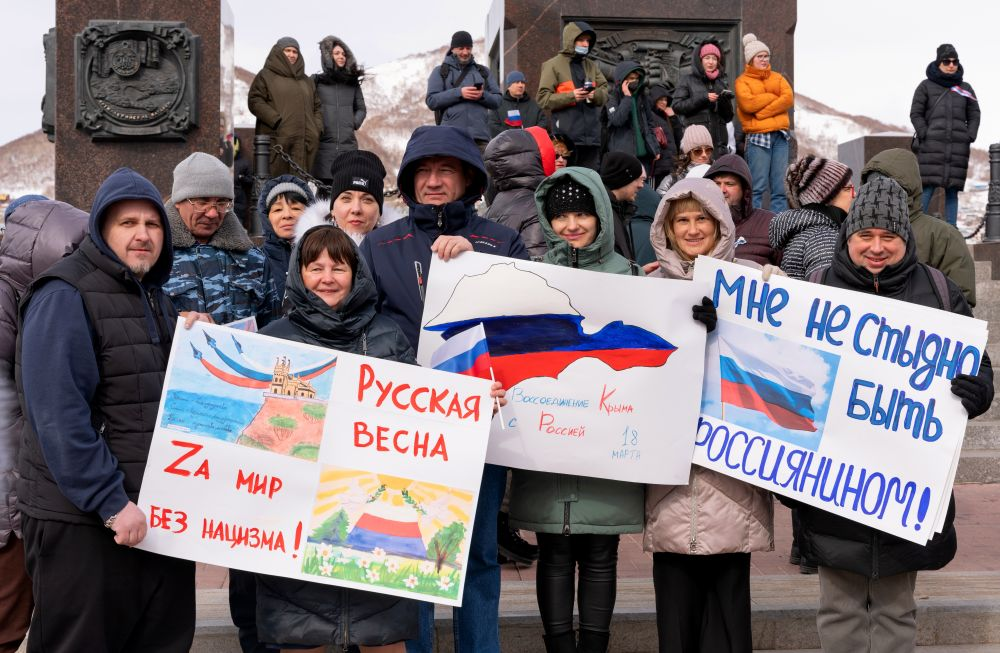
For example, the posters on this photo which was recently taken in Petropavlovsk-Kamchatsky say “Russian spring. For a world without nazism”. “Reunification of Crimea with Russia”, “I am not ashamed to be Russian”. More or less, these were the most prevalent messages, with “I am not ashamed” as one of the most prevalent.
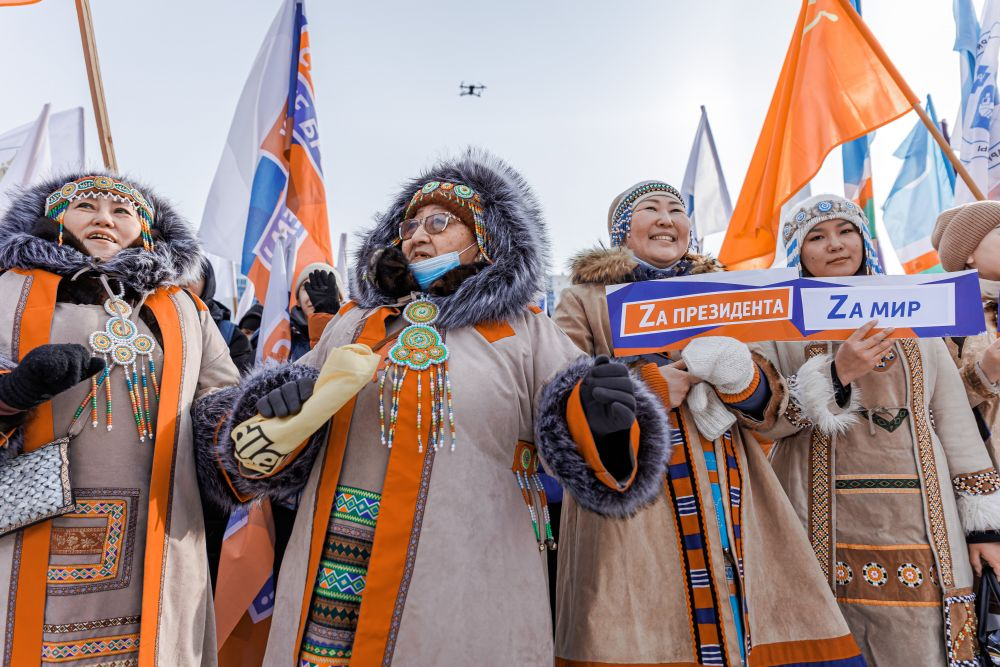
The climax of Russian hysteria about their invasion of Ukraine was the big concert on Luzhniki stadium where lots of posters with Z and V were used, Putin spoke beneath them and people sang “Russia forward”.
https://youtu.be/GSeUJdmUWvo
Despite Russian visitors’ excitement notable on the video, many media – Russian as well as Western media – like to stress the concert in Luzhniki was a staged action and people were forcefully taken to the stadium. However, Luzhniki was not the only place where the concert was held.
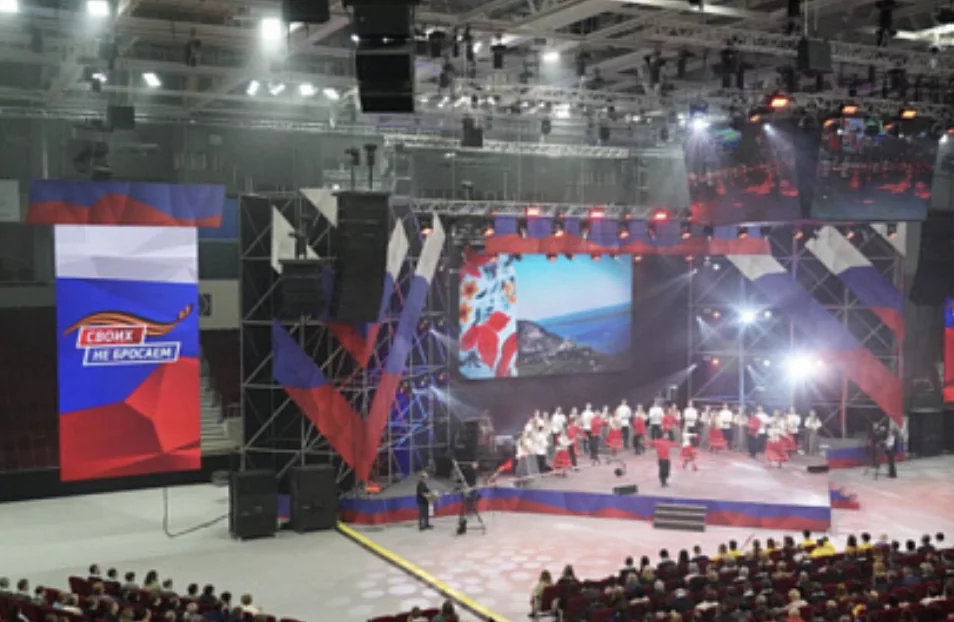
The same day, the rally-concert "Russian Spring" was also held in Samara. As local media wrote
, local pop artists and officials took part.
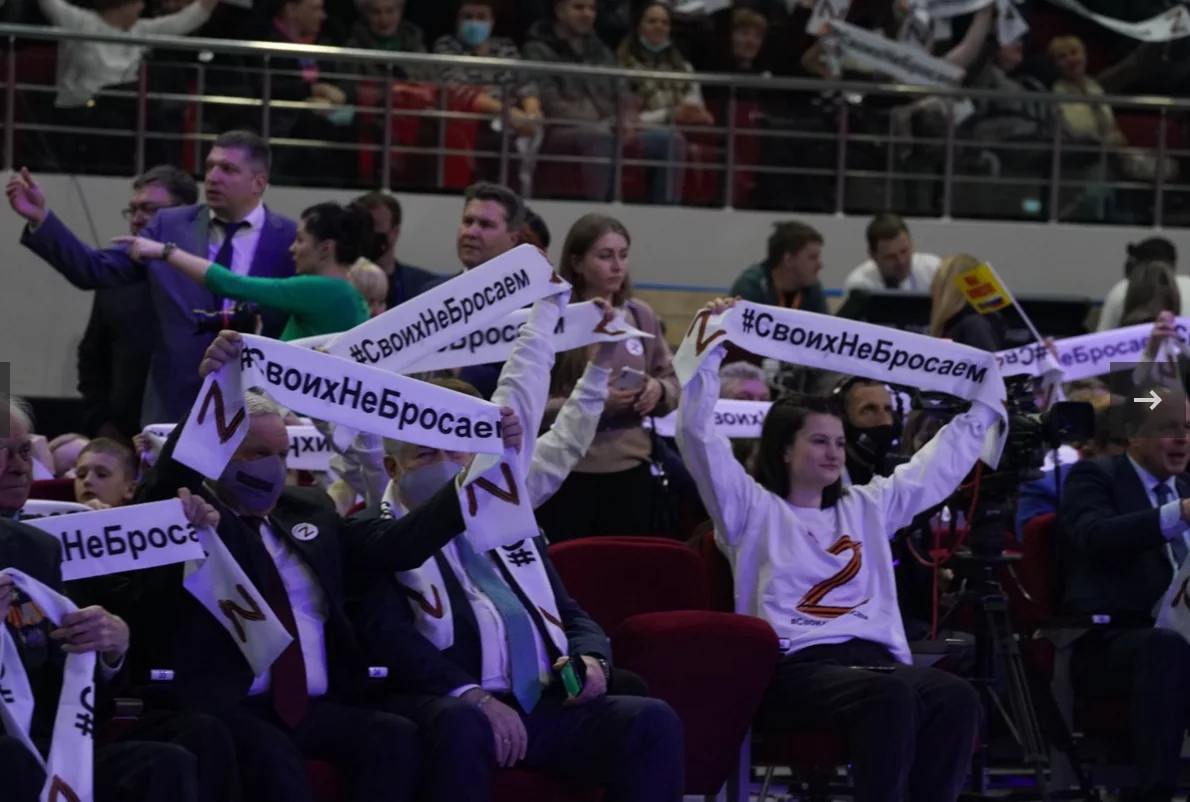
Speculations on what letters Z and V really signify can be continued, linking Z with reverse N (reverse Nazism?) and speculating further on the meaning of the words starting with N. Then the list of theories may become even longer. However, Russians who use these letters do not seem to really care if they signify some specific words or have other meaning beyond bare support for Russian “special operation”.
For example, Athlete Ivan Kuliak explained that he wore the symbol when receiving the bronze medal because he saw it was used by the Russian military and it stands for victory and peace.
"I saw it with our military and looked at what this symbol means. It turned out [it means], 'for victory' and 'for peace.'”– Kuliak said.

Kamil Galeev, an independent researcher and former fellow at the Wilson Center, a non-partisan policy think tank in Washington, analyzed various examples of the use of the "Z" symbol by Russians in his Twitter thread and on March 6 he concluded:
“Anyway, this symbol invented just a few days ago became a symbol of new Russian ideology and national identity.”
Where else Z and V symbols are seen in Russia?
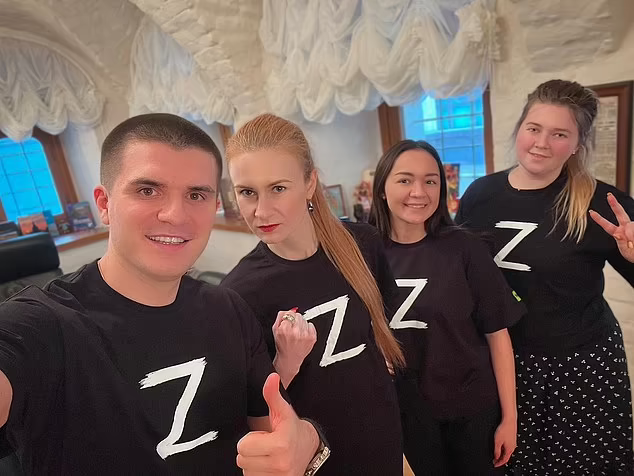
Z and V symbols were embraced not only by ideological and political Russian groups – but local communities also joined the initiative to display support for the Russian war in Ukraine.
Libraries, schools, and even kindergartens and their administrations all over Russia joined pro-war flashmobs, using V and Z letters.
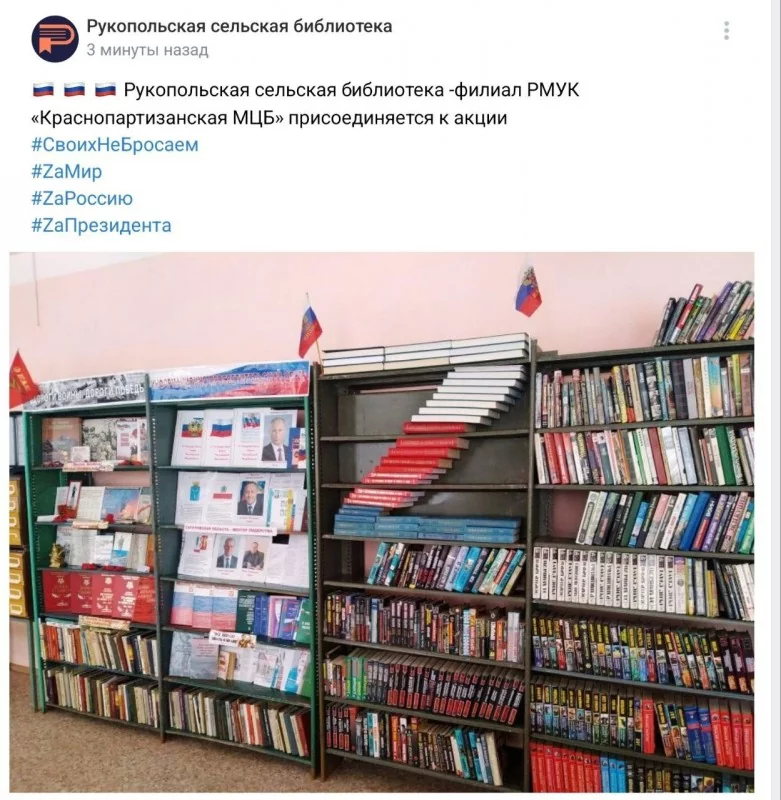
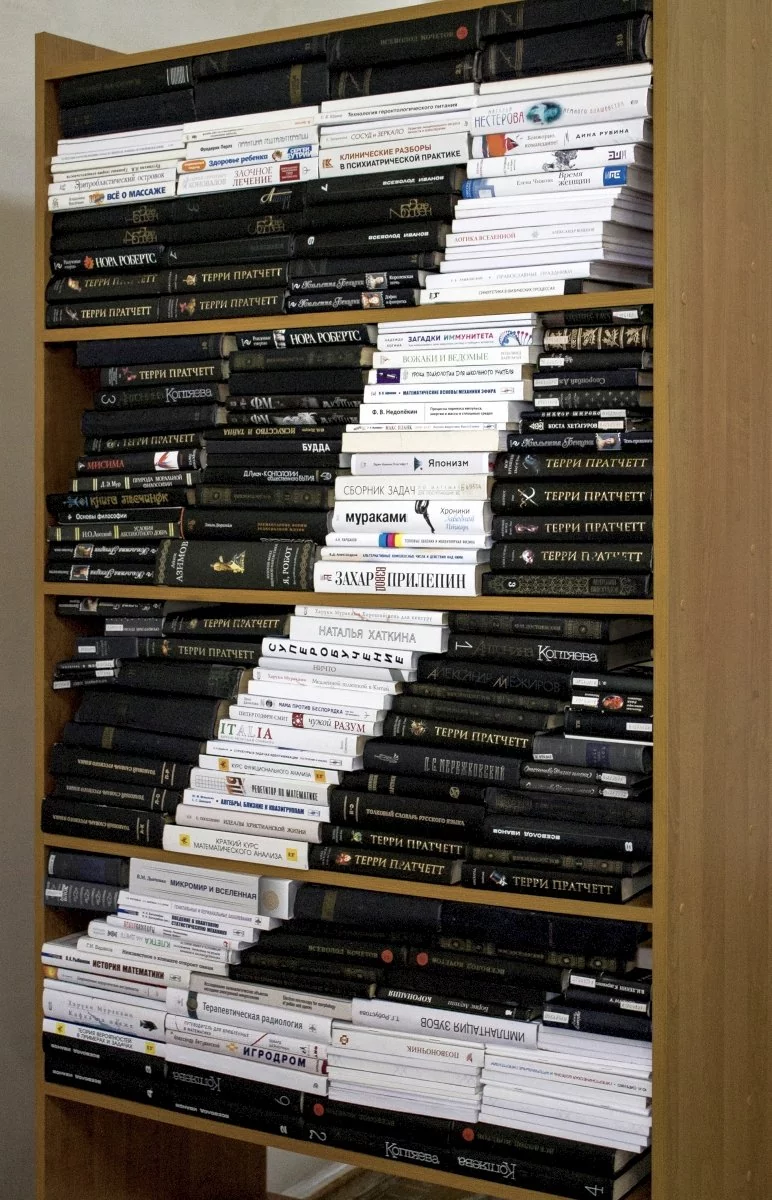
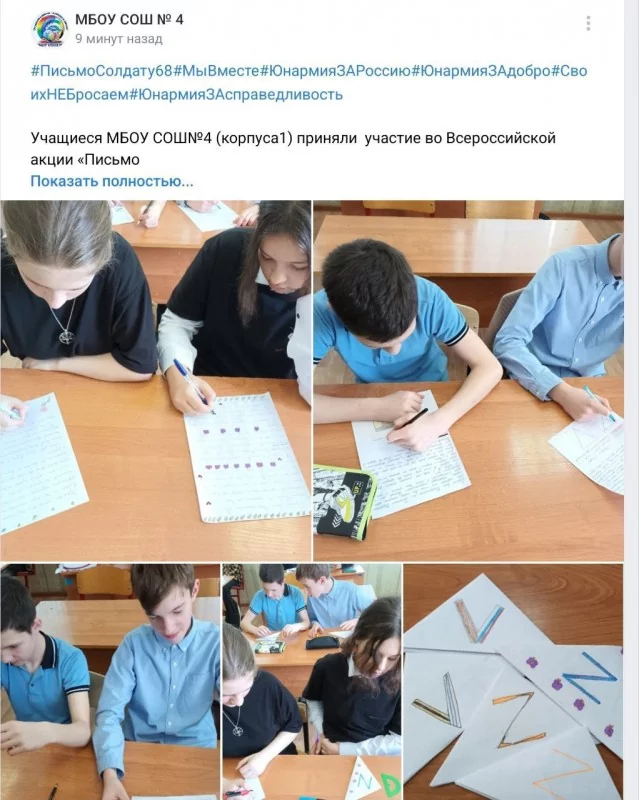
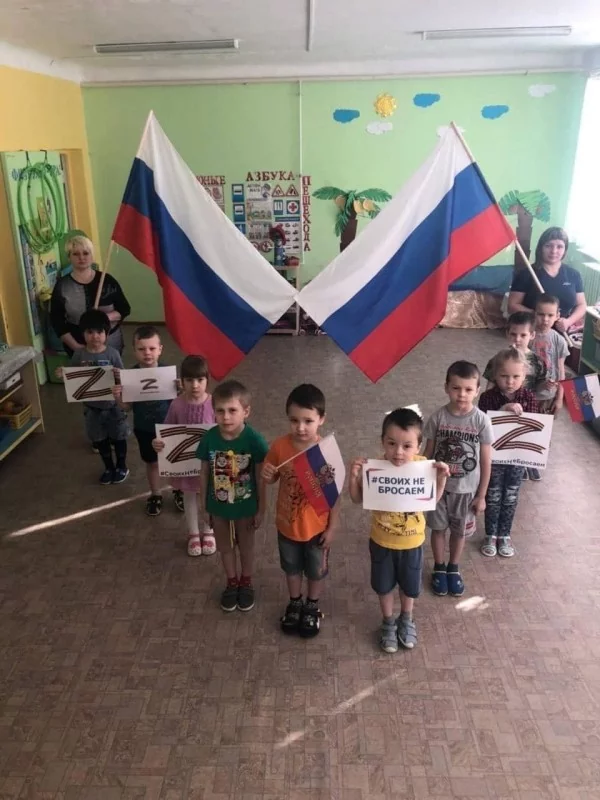
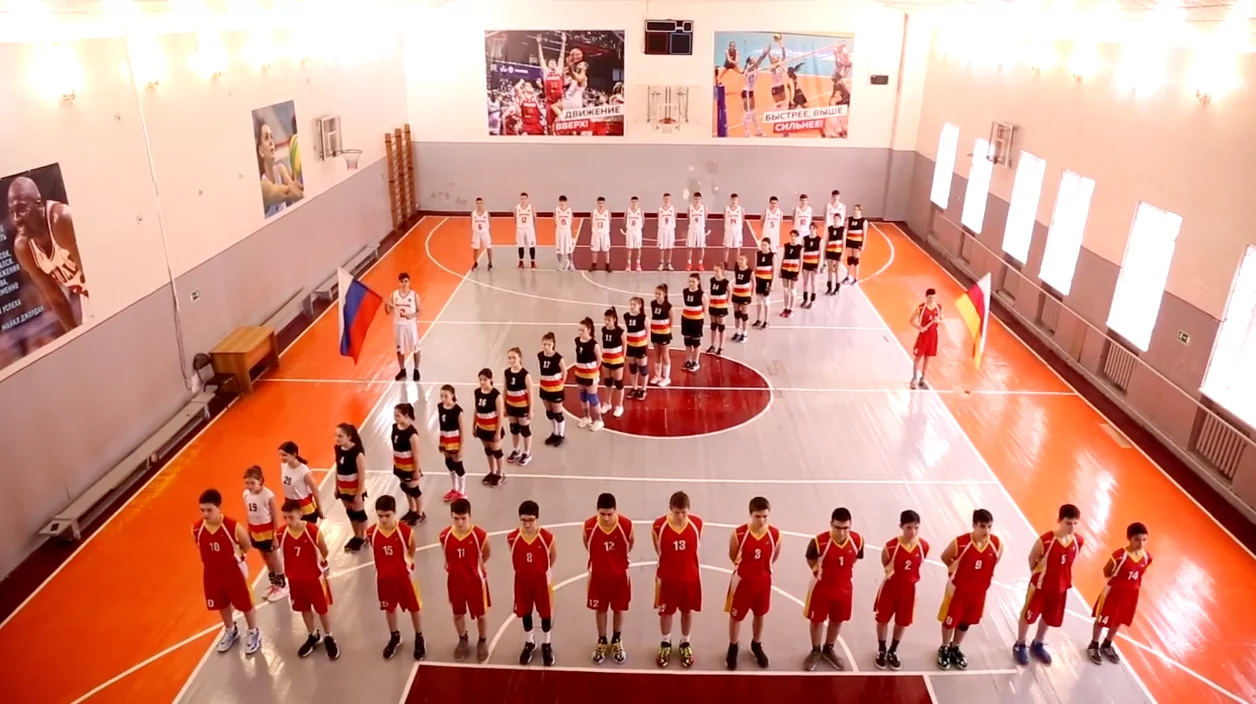
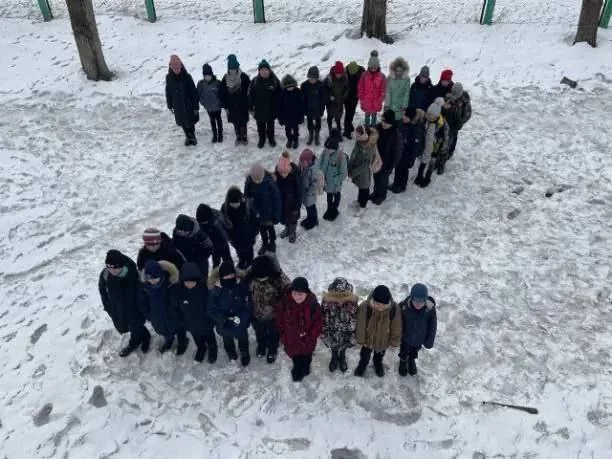
Is Russians' Z a Nazi symbol?
Ukraine’s Minister of Defense Reznikov compared
this symbol with a new swastika.
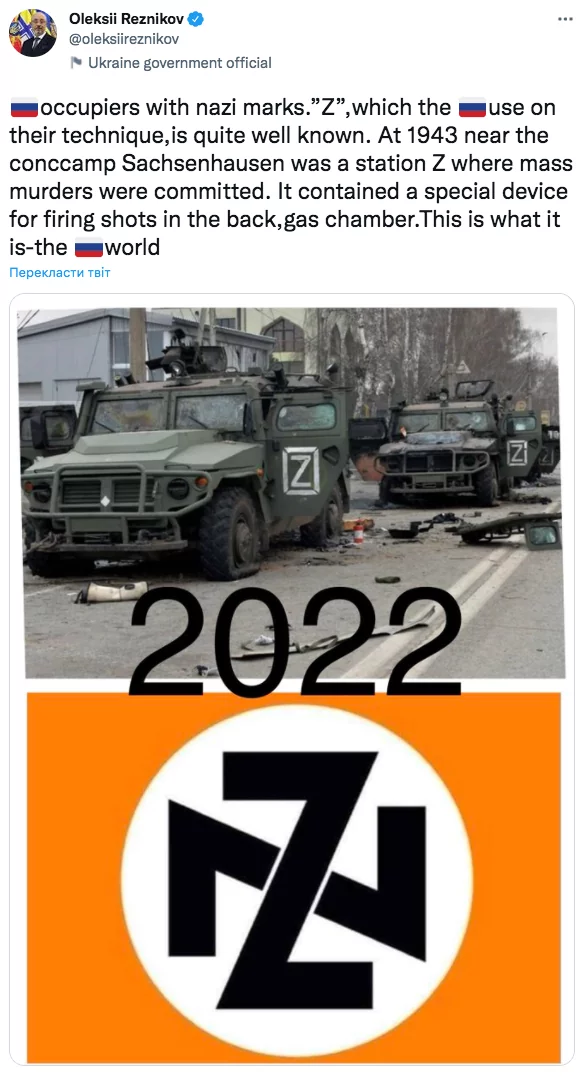
In line with this, the Czech Ministry of the Interior has instructed police officers to consider the "Z" symbol an equivalent to the swastika, as part of a ban on publicly supporting the Russian invasion.
Kazakhstan and Kyrgyzstan governments also condemned the symbol, although not linking it with the swastika. Both countries’ police departments prohibited Z and V Russians' symbols from being shown on vehicles in public. The fine for a violation in Kazakhstan is US$40. Condemnation of Ivan Kuliak by the International Gymnastics Federation also had no link with the swastika, with the V and Z symbols being condemned as Russian pro-war symbols.
Linkage of the Z and V to the swastika is also somehow complicated due to Russian claims that is fighting against Nazism – even though the imagined Nazi enemy was invented by Russia itself.
That is, even if there is not one extensive and coherent version of what the Z and V symbols mean (not yet or not in principle), international condemnation of the symbols may further continue. Unlike the ideological meanings of Z and V symbols, Russian atrocities, war crimes, terrorist attacks which they symbolize now are bluntly clear.
As Masha Gessen, the author of The Future Is History: How Totalitarianism Reclaimed Russia, wrote for the New Yorker about Z as a symbol of the new Russian politics of aggression,
“Over the course of a few days, it [Z] had come to stand for loyalty, devotion to the state, murderous rage, and unchecked power.”
Yet acknowledging that this symbol is new, Gessen also shows that they are not groundless:
“Last December, I took a walk down the Boulevard Ring, a series of green malls that nearly encircles central Moscow. On every block, I encountered a display of photographs or posters devoted to the Great Patriotic War—constant reminders to Russians of who they are, lest they lose their identities while walking idly.”
Z is sometimes painted in St George ribbon colours, but Z and V demonstrate that Russians wanted a new pro-war symbol, specifically for its full-scale war against Ukraine in 2022, even if (or because of the very fact) they do not have a decent history of meaning.
In fact, the very absence of tense and clear ideological meaning in letters Z and V is meaningful. Russian ideology, as the Russian state, is based on the logic of force, not reason, as US diplomat in Russia Kenan wrote as early as 1946. Here, similarly, V and Z have been probably chosen by Russians not because of ideological reasons but because of the very support of the Russian military forces in its invasion of Ukraine. Having no ideological cause, this pro-war symbol in some sense is even more frightening and dangerous. It means the support for the war as such; a pro-war symbol in pure form.

